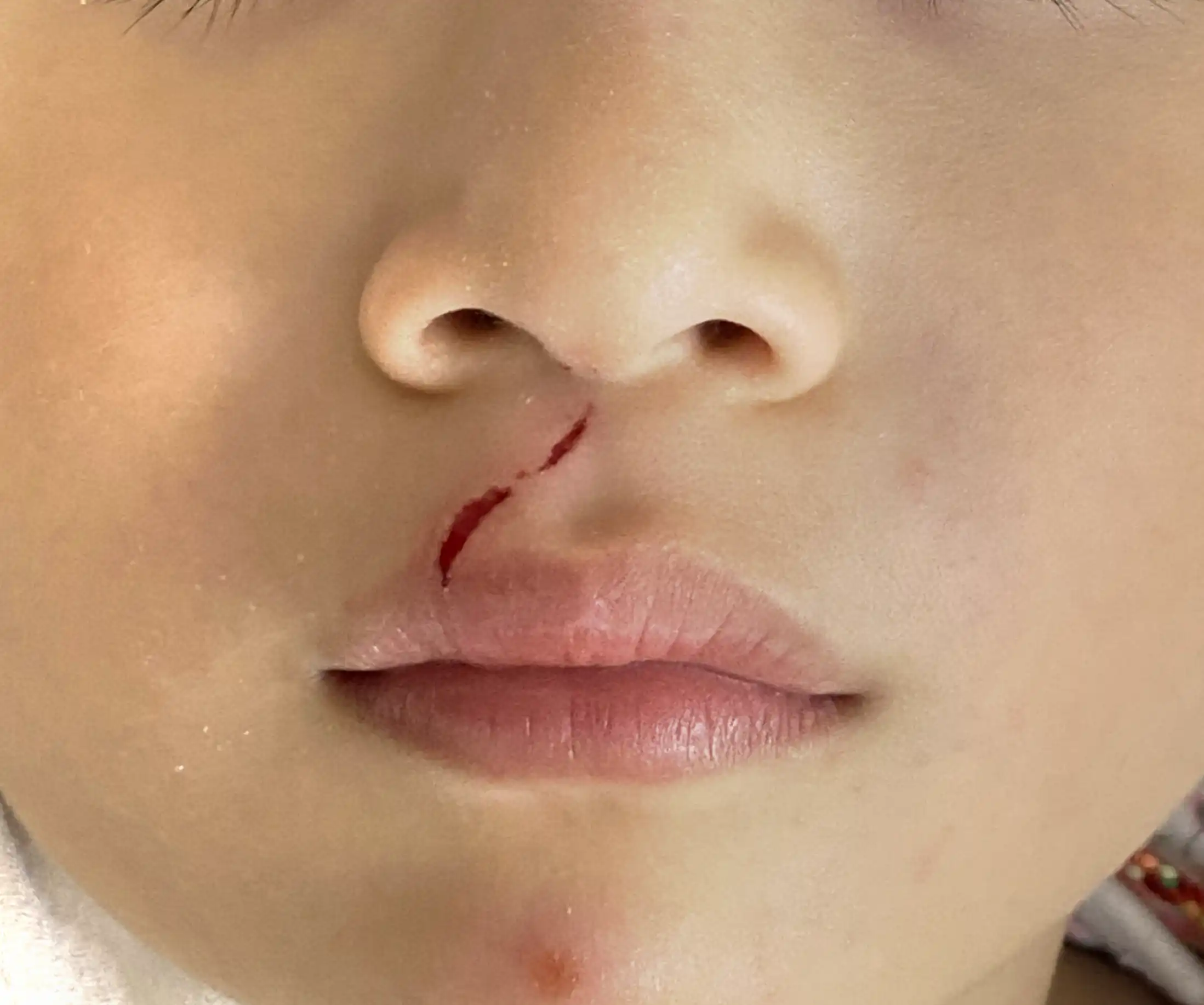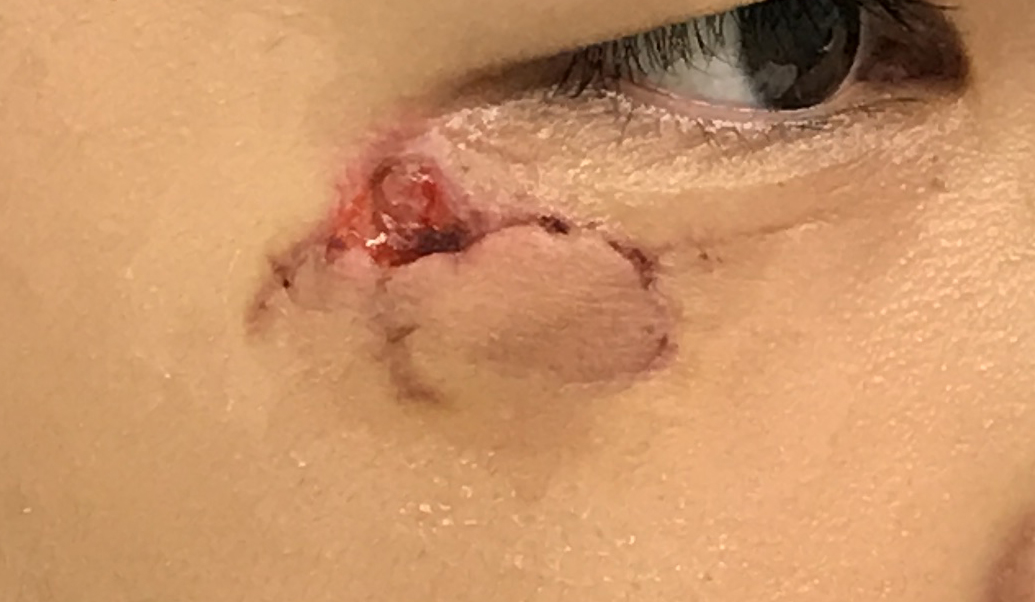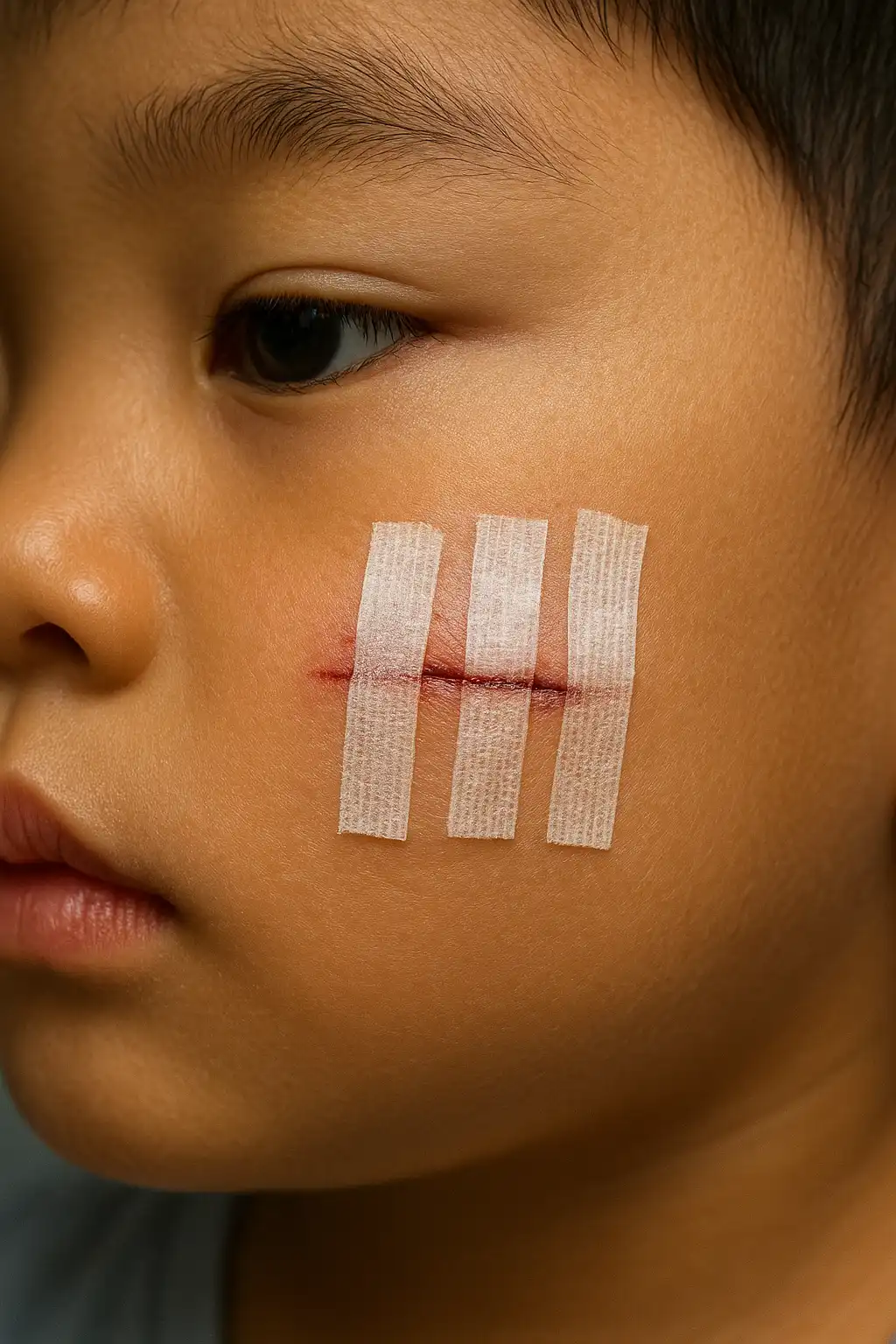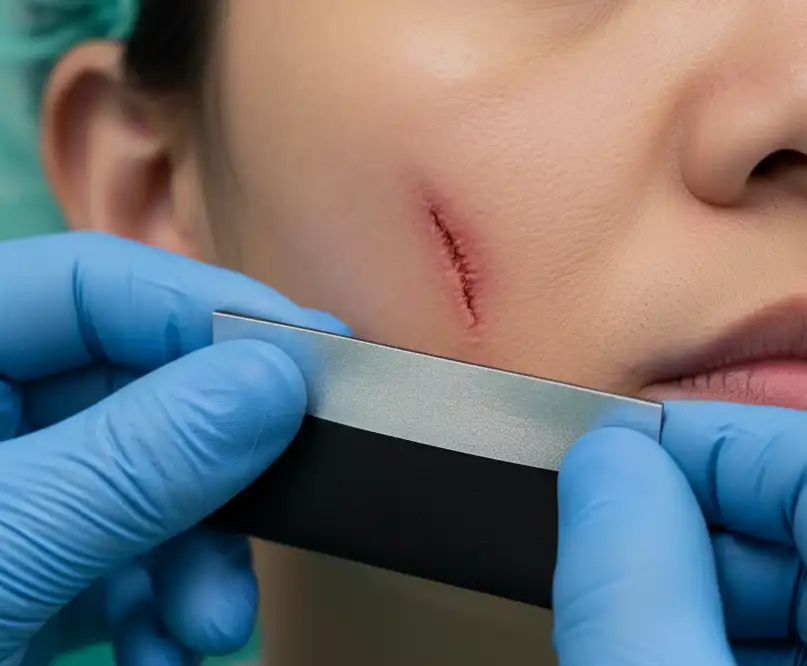Facial Wound Repair Timing
A facial wound from an accident is a major concern for many people. When they see a doctor, patients often have particularly high expectations, whether the wound is small or large. Most people hope it will heal so well that it becomes invisible and want a plastic surgeon to suture it. Therefore, patients often rush to the hospital immediately after an accident, no matter how late it is.


No Plastic Surgeon in the Emergency Room
Most of these patients are taken to the emergency room. However, at a private hospital's emergency room, there may not be a plastic surgeon on duty, especially at night. Patients may not know that they need to specify their request for a plastic surgeon for the hospital to call one. The reality is that it might not be possible to find one, for example, no plastic surgeon is willing to leave home to suture a wound, especially late at night at 2 or 3 AM. Or if one can be found, the fee for an emergency suture will be much higher than usual. But you don't need to worry too much, because in reality, these wounds do not need to be closed immediately.
Suturing Can Wait
Many people probably don't know that facial wounds don't need to be closed immediately. Of course, closing the wound will prevent more germs from entering, but that doesn't mean it's the only factor to consider for the appropriate time for suturing. Once the patient is at the hospital, bleeding is stopped, the face is cleaned, and a thorough assessment shows no other problems with organs or other reasons to rush the closure, such as exposed bone or deep wounds reaching major blood vessels, the patient has the opportunity to decide whether to have the hospital call a plastic surgeon for a beautiful scar, or to have the on-call doctor, who might be a general practitioner or a general surgeon, suture the wound. If the patient chooses to have a plastic surgeon but one cannot be found immediately, the patient should not be anxious. The truth is, suturing immediately upon arrival at the hospital or waiting another 4-5 days yields no different result in terms of scarring if done by a skilled doctor.
In fact, we don't need to rush to close facial wounds immediately. Since I was a medical student, I learned this from two cases. The first case is dog bites and human bites. We were taught that the mouths of dogs and humans are very dirty. Immediate closure of the wound has a high risk of infection because there are too many residual germs in the wound for the immune system and antibiotics to handle. The recommendation is to wait and have the patient come back for daily wound dressing, observing the wound for 4-5 days, and then closing it if it looks good with no signs of infection. Another case is a ruptured appendix, where the appendix is so inflamed that it bursts, with pus and intestinal contents contaminating the abdominal cavity and surgical wound. The same reason applies: if the surgical wound is closed immediately, there is a high risk of infection. In this case, the patient cannot go home the next day because a ruptured appendix is a serious condition. We would also check and clean the wound daily for 4-5 days. If the wound is not infected, then we close it. Coming back to facial wounds not caused by dog or human bites, these two examples should make it clear why we can wait and not close the wound immediately.
Immediate Closure May Not Only Have Advantages

Of course, immediate closure on the day the patient comes to the emergency room prevents external germs from entering the wound. The patient is relieved, the job is done, and they just wait for the stitches to be removed. But the disadvantage is that if the person suturing is not as skilled as a plastic surgeon, the resulting scar may not be satisfactory. This is especially true if the patient is a child. Children under 10 often do not cooperate, crying and struggling out of fear, requiring 4-5 people to hold them down. But the facial wound still moves during suturing, making it impossible to get a beautiful scar. Even a plastic surgeon needs the wound to be still to perform a detailed suture. Moreover, if the suturer is not skilled, they may destroy important tissue or misplace tissue, causing deformity. Later correction, even by a plastic surgeon, is still difficult. Importantly, psychological trauma to a child is a big deal. In developed countries, they avoid this. Since 1999 when I studied abroad, I saw doctors in other countries perform procedures, big or small, on children under general anesthesia as a normal practice. But to this day in Thailand, after more than 20 years, we still see children being held down and crying until their voices are hoarse for procedures. Anyone who has never experienced psychological trauma will never understand these things. In addition, modern medical advancements have many ways to prevent wound infection, even if the wound is not closed immediately.
There Are Many Good Options for Temporary Wound Covering
Scientific and medical advancements have given us many options to prevent infection in wounds that are not immediately closed. Here are some examples of what can be done, such as taking antibiotics, which is easy to do. In our country, it's easy to buy medicine, and even if the wound is sutured, the doctor will prescribe antibiotics anyway.
Using skin tapes to hold the wound closed is also possible. There are medical tapes on the market that are sticky enough to pull and hold the wound closed without suturing. In elective surgery, many doctors suture the inner layers and then use these tapes to hold the wound together, telling the patient that no stitches need to be removed, using a special technique.

Using medical glue is another option, although medical glue is a bit harder to find as not every hospital has it. Similarly, in other elective surgeries, many doctors like to use medical glue to close wounds and tell patients that no stitches need to be removed, using a special technique.

Using silver dressing materials is very popular in the plastic surgery field. There are many brands of wound dressings that contain silver, which can inhibit germs. These dressings are also designed to absorb a lot of serum and blood or be waterproof, allowing them to cover an unsutured wound for several days.

Conclusion
Now that we know this, is it worth waiting a little, even until the next day, to have a plastic surgeon suture the wound, instead of rushing to do it in the emergency room immediately?